Convenience stores provided many people with a lifeline during Covid, but now face the challenge of persuading hard-up shoppers they’re more than a costlier alternative to Aldi
The cost of living crisis has thrown a spanner in the works for convenience retailers. Not so long ago they were among the heroes of the pandemic, offering a lifeline to shoppers as they stayed close to home. Now, industry-wide inflation is challenging their status as they battle rising energy costs, delivery charges and staff wages. While passing on costs to shoppers is usually a last resort, it’s critical retailers also maintain a decent margin for themselves, amid this economic downturn.
The problem for convenience stores is that they’ve long had to fight the stigma that they’re the more expensive channel. The trick now is: how do they present themselves as a credible solution to help shoppers navigate the squeeze on their spending? Especially as the pull of the discounters gets stronger every day.
During the pandemic, convenience stores took pride in being local and the benefits this brought to communities. It was favoured by many shoppers who could top up on daily essentials without entering busy supermarkets and enduring their long queues.
In today’s climate, being local remains their trump card – but for a different reason. “Consumers tell us that when they’re looking to manage their money more carefully, convenience stores are beneficial to them because they can save on fuel costs by walking to stores and can shop little and often to both minimise food waste and keep a closer eye on their spending,” says Association of Convenience Stores CEO James Lowman.
And for now at least, it seems to be working. Convenience’s total share of food sales rose by one percentage point to 23.4% in the course of 2022, NielsenIQ data shows, pinching sales directly from the supermarket sector. The reasons, according to Nielsen, are convenience’s ability to limit ‘till shock’, aid budgeting, reduce waste, and perhaps most importantly, provide access to core services.
Read more:
-
Compared: symbols, franchises, fascias and convenience in numbers
-
Where does the q-commerce decline leave convenience stores?
-
A year in convenience: McColl’s deal dominates as Asda moves for Co-op forecourts
The ACS’s Community Barometer 2022 shows 60% of consumers agree that local shops help people save on multiple trips by providing additional facilities such as a Post Office, pharmacy, cash machine or delivery collection and returns services. Stores that complement these services with a vast range of fresh and chilled products, as well food-to-go, booze and vaping, can provide a “successful one-stop shop approach”, says Unitas MD John Kinney.
“It is important that independent convenience stores create a real differential to maintain the loyalty of their customer base to engage customers with their stores,” he says. “Independent retailers should consider the part they play in their community and how they can cement their relationships with their customers to develop their loyalty.”
Yet even so, a vast number of retailers are still not taking advantage of these resources, with only 26% offering parcel collection points and less than half containing a free-to-use cash machine, according to the ACS Local Shop Report 2022.
The other major selling point for convenience retail is the ability to more easily tailor their ranges and services to their communities and current trends. Take the rise of disposable vaping, for example. Independents have been quick to act in stocking the most recent brands and flavours on the market compared with the mults. As Premier retailer Serge Notay said last year when Tesco announced it was stocking ElfBars: “We have the advantage of being there first and have established footfall. Plus, with new flavours coming out we can adapt quicker than a multiple.”
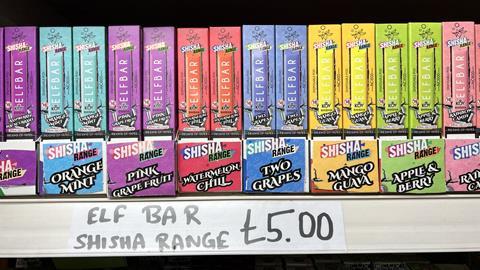
Our own
As convenience stores look to continue to build on their successes over the past year, a major focus now among the major symbols and wholesalers is driving own label to help maintain loyalty with customers and cater a more acute need for value. Spar, for example, launched a customer-focused initiative in October that looks to maximise own label distribution across its estate. Dubbed ‘Spotlight’, the project consists of 100 lines that highlight “great sellers in stores, fulfils key customer needs, and delivers shopper value for money”.
Parfetts, meanwhile, has now reached 165 products across its Own-label range, Go Local, which can offer retailers a margin of up to 75%. “We’re always refining the range and talking to retailers to find out where the gaps are so we can introduce products where they are needed,” says Parfetts head of marketing Jamie Ferguson. “Our retailers are serving a wide estate of different needs and places, so we’re always making sure we’ve got the right offer for them to develop that service further.”
The demand for value among consumers is driving retailers to take their own initiative too, such as shopping around different wholesalers and putting a greater focus on own label in store merchandising.
“We have been sourcing essentials from multiple wholesalers to cushion the cost of living crisis for our customers,” says Costcutter retailer Sue Nithyanandan. “We have also consciously held the prices of essentials at a low cost or margins, such as bread, milk and potatoes, and have dedicated a full bay to The Co-op Honest Value range.”
Although Costcutter was bought by Bestway in 2021, its stores are being supplied by the Co-op via the Nisa supply chain until 2026.
“Independent retailers should consider the part they play in their community”
But Bestway has upped its own own-label game lately, entering into a wholesale trial with Iceland and giving a small number of Costcutter retailers exclusive access to its frozen goods. Its own-label ranges are also “performing strongly”, with a 9% increase in volume year on year, specifically on core cupboard essentials.
“The Bestway category advice tool on our own-label range supports retailers on the popular staples, together with our specific own-label brochure, which showcases this value range,” says Bestway MD Dawood Pervez.
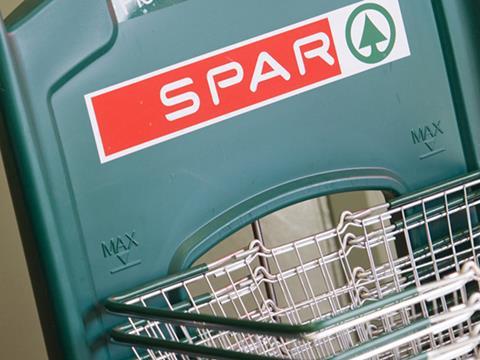
Treat yourself
Shoppers aren’t just hunting for value, though. With more of us tightening the purse-strings by cutting down on the pub and meals out, the convenience channel has recorded a surging trend in customers trading up on certain goods.
Kash Khera, COO at SimplyFresh, says: “With the cost of living crisis, value has been more important than ever over the last 12 months for consumers. However, we have seen a marked increase in treats and premium products as consumers substitute a meal for dining in.”
Parfetts’ Ferguson says the business has seen more people buying premium bottles of wine and beer, with RTDs becoming increasingly popular too.
“Customers still want to treat themselves,” Ferguson adds. “And convenience stores have an advantage on that. The mults are designed to make people spend more, and people are aware of this. But at a convenience store, they know they’ll find the right range for them, where there isn’t a strategy of upselling products they don’t need. We’ve got a more relevant offer in the times that we’re experiencing.”
There is clearly still a big role for convenience stores to play in helping shoppers through the economic crisis. But there is a dark cloud looming over them: energy bills. A new, and somewhat underwhelming bailout was announced this month that will see the level of financial support for businesses reduced from April – around one tenth of what’s provided now.
It will be moving away from the current model, whereby the government in effect caps the wholesale price of gas and electric, instead providing a subsidy to electricity bills of 1.96p per kilowatt hour for all businesses paying over a minimum rate. The ACS’s Lowman calls it “ultimately pointless”.
“For retailers facing increasing costs, the main thing to get a handle on is energy,” he says. “The price of electricity is only going in one direction in the long term and the days of paying less than 20p per kWh are likely behind us, so it’s absolutely essential stores look at how their model can remain profitable with inevitably higher running costs.”
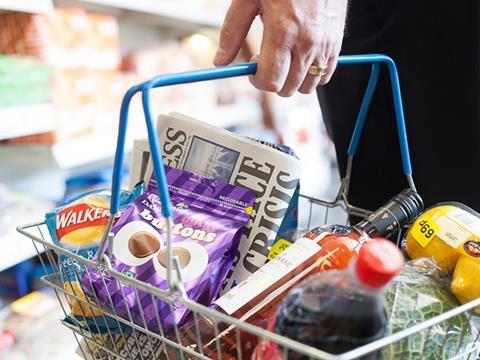
Temperatures and timings
Making stores more sustainable doesn’t necessarily require retailers to dig too far down into their pockets. Spar UK retail director Ian Taylor, for example, says it’s a matter of retailers understanding their current energy spend, and reviewing elements such as temperatures and timings on chiller cabinets.
The symbol group is also supplying stores with a host of information on carrier bags, food waste apps, recycling, investment into fitting LED lighting, carbon neutral signage, solar panel investment, how to support local growers, and developing in-store energy teams.
One Stop, on the other hand, is supplying franchisees with PoS designed to advise and prompt retailers on their energy usage, such as turning lights off and not filling kettles fully. It is also undergoing a set of trials across its company-owned estate that reviews air conditioning, refrigeration and lighting, with the findings passed on to franchisees. The secret formula, however, is to go about it in a way that doesn’t affect trade, according to the Tesco subsidiary, so shoppers can “still get what they need”, such as cold beer in the evening or cold soft drinks in the morning.
Londis retailer Atul Sodha agrees it’s about finding “the best balance in our decisions”. He says: “Lighting in store is a big factor in showing off your merchandising, so instead we adjust temperatures on the beers and soft drinks fridges overnight to use less energy.”
Finding the right balance is certainly at the heart of what convenience retailers are up against. But having already proved a resilient sector during the coronavirus pandemic, it’s fair to say they’re well-placed to tackle another crisis.
Is convenience still enough in the cost of living crisis?
- 1
 Currently reading
Currently readingIs convenience still enough in the cost of living crisis?
- 2
- 3



![XOXO-Product-Shot[ALL FLAVOUR]-Sky-1920x1080](https://dmrqkbkq8el9i.cloudfront.net/Pictures/274x183/4/9/2/355492_xoxoproductshotallflavoursky1920x1080_806584_crop.jpg)



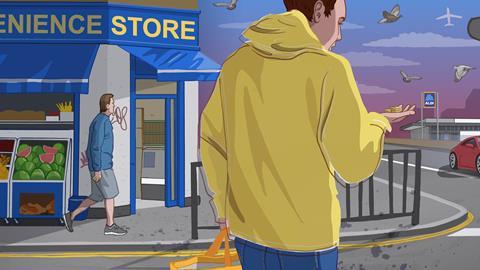


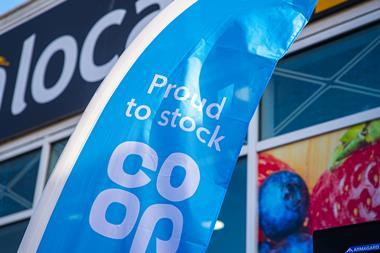

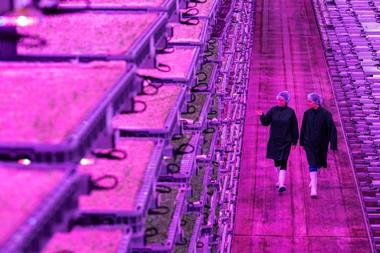
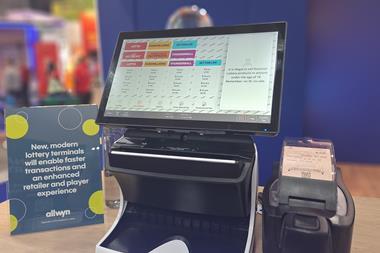

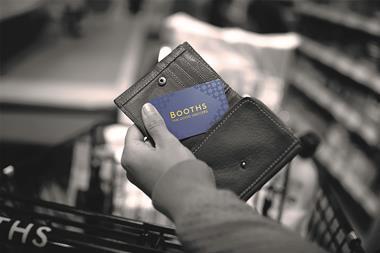






No comments yet